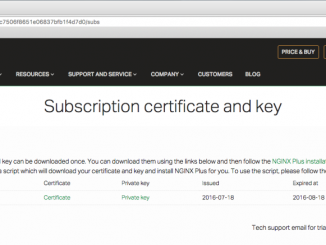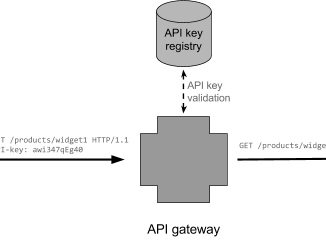
NGINX Plus R10 Harnesses IBM POWER
NGINX Plus R10 Harnesses IBM POWER We recently announced NGINX Plus R10, the latest release of our commercial load balancer and web accelerator software with an optional WAF, additional security features, and more. In addition to making NGINX Plus more capable for enterprises looking to gain agility in delivering their critical applications, NGINX Plus R10 now supports servers based on IBM’s POWER microprocessor architecture (ppc64le). With the combination of NGINX Plus and POWER, businesses can optimize their stack from the chip up to provide services at the scale required by today’s leading Internet companies. POWER is a general‑purpose, open source microprocessor architecture designed for performance and scalability – just like NGINX Plus. POWER solutions are driven by innovation from the OpenPOWER Foundation and are built upon by a community of more than 2,300 ISVs supporting Linux on POWER. The architecture is increasingly used for high‑end applications such as cloud computing, big data [ more… ]



